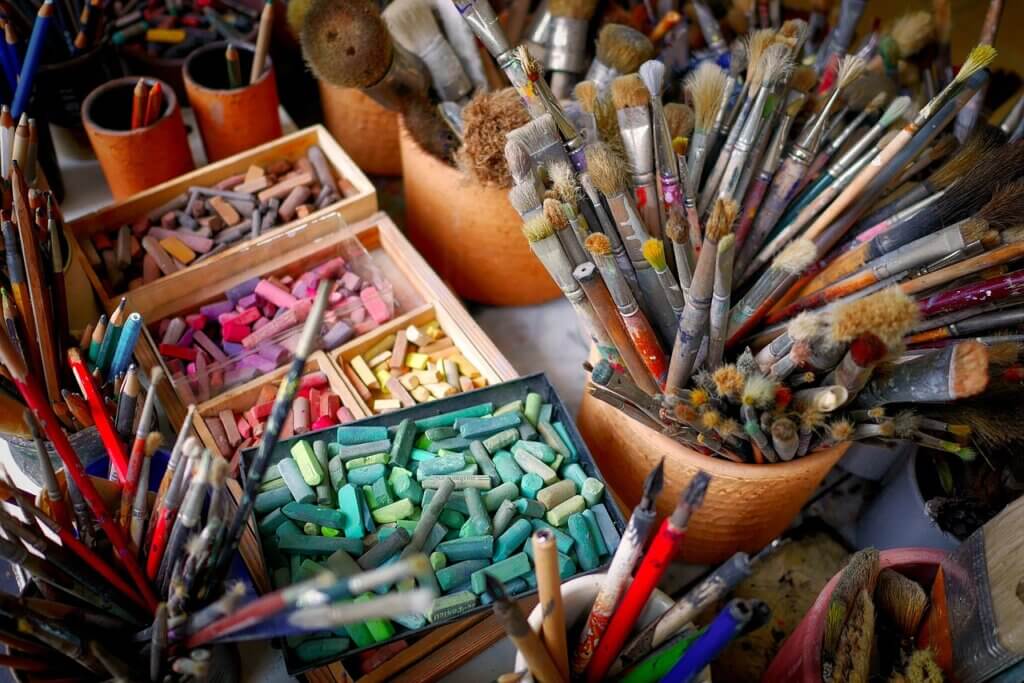Love Art Therapy!
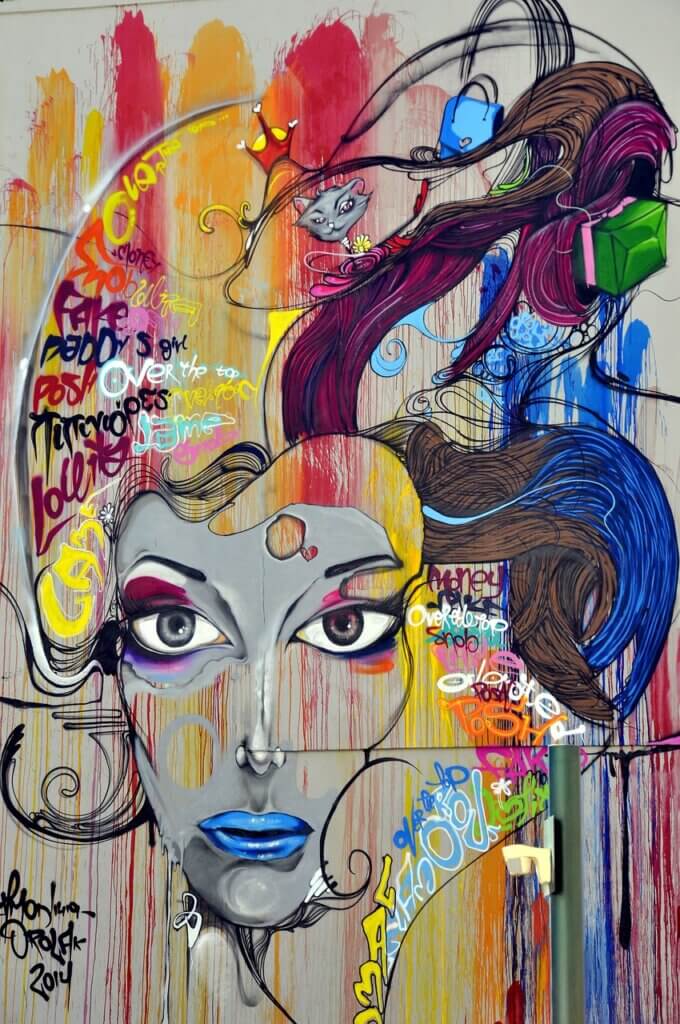
Have you ever tried art therapy?
Art therapy is a form of psychotherapy that uses the creative process of making art to improve physical, mental, and emotional well-being.
Through art therapy you can explore feelings, reconcile emotional conflicts, enhance self-awareness, reduce anxiety, enhance social skills, boost confidence, help resolve traumatic experiences and increase self-esteem.
Anyone can try it, no matter your age or skill level. And don't worry, the use of creative arts therapy requires zero artistic talent. Art therapy can be done with all sorts of art-making - activities like drawing, painting, or sculpting and with almost any form of art media.
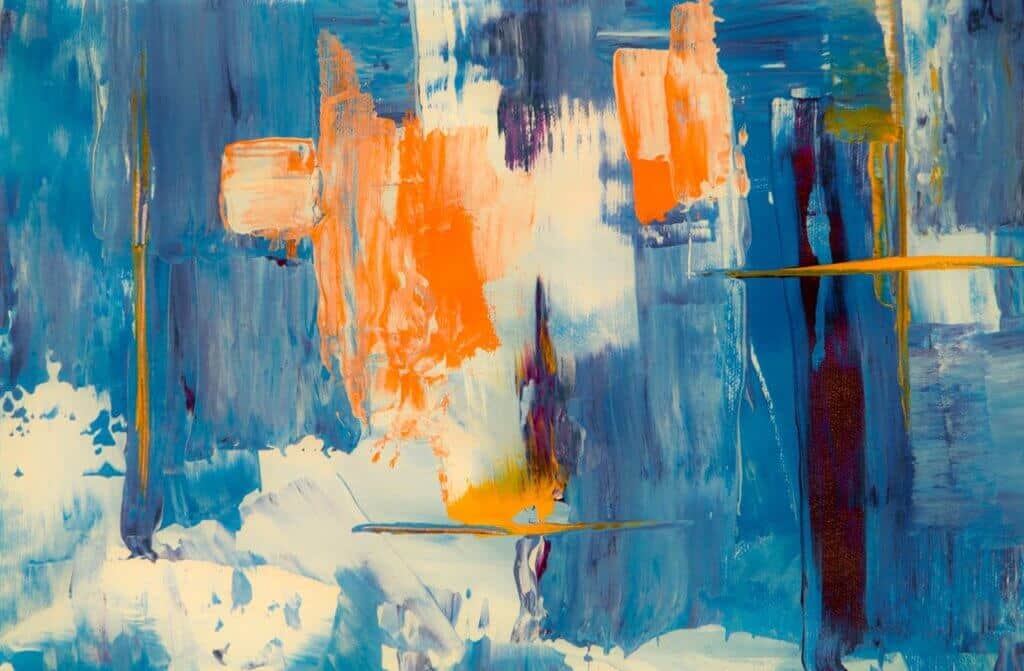
In an art therapy session you create art but it's not just about the end product. It's a creative outlet for getting in touch with and expressing what's going on inside, tackling personal issues, and boosting your self-esteem.
I offer expressive art counselling and therapy workshops as part of my private practice. It's a fun and creative approach to managing stress, re-discovering who you are and just generally getting a better handle on your emotions and life.
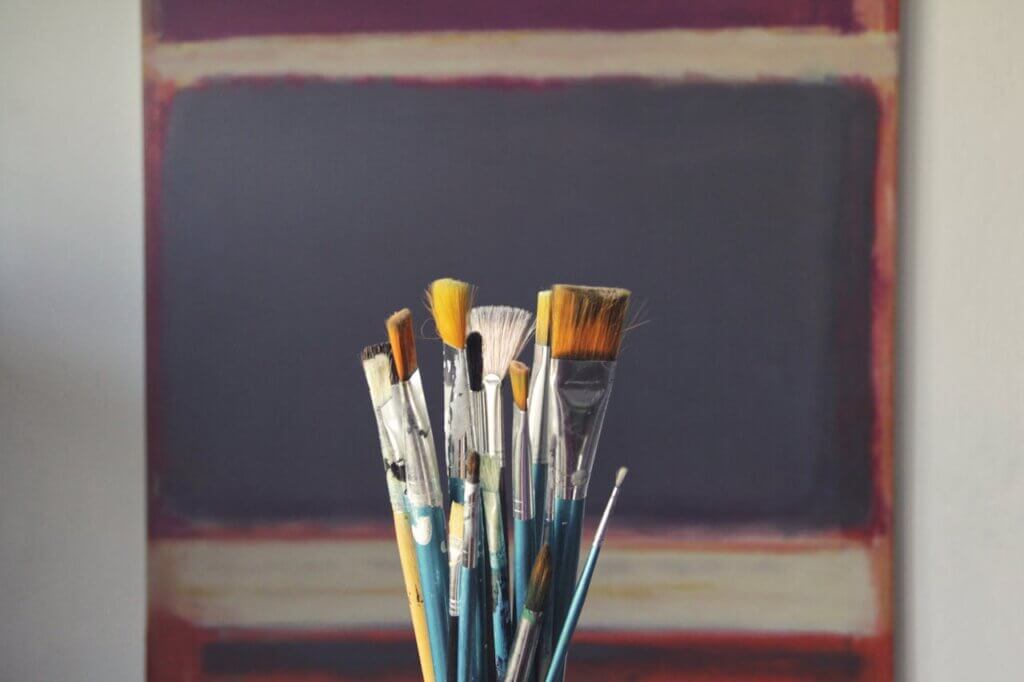
Art Therapy is all about Self Discovery and Self Expression
Self-discovery is basically like going on a journey to really get to know yourself. It's all about exploring your own personality, figuring out what you truly value, and understanding why you think and act the way you do.
It’s also about getting in touch with your dreams and goals and purpose in life. It's important for people of all ages in every stage of life.
Self discovery is important because we often get so busy “doing life” - going to school, getting a job, having a family, focusing our career, being “successful” or “good” that you can easily lose touch with who you really are and what you truly care about.
It’s important to touch base with yourself, and be sure you are on track and in alignment with who are really are and what matters most to you.
This journey can lead to significant personal growth. Understanding yourself is important for making informed life choices and building healthier relationships.

Art therapy is one cool and enjoyable way to do this. And the bonus is you end up with something tangible to take home with you.
Through art therapy you have a fantastic way to express yourself. In our culture we rely so much on spoken word, but there are many other ways of expressing ourselves, which involve many other parts of our brain.
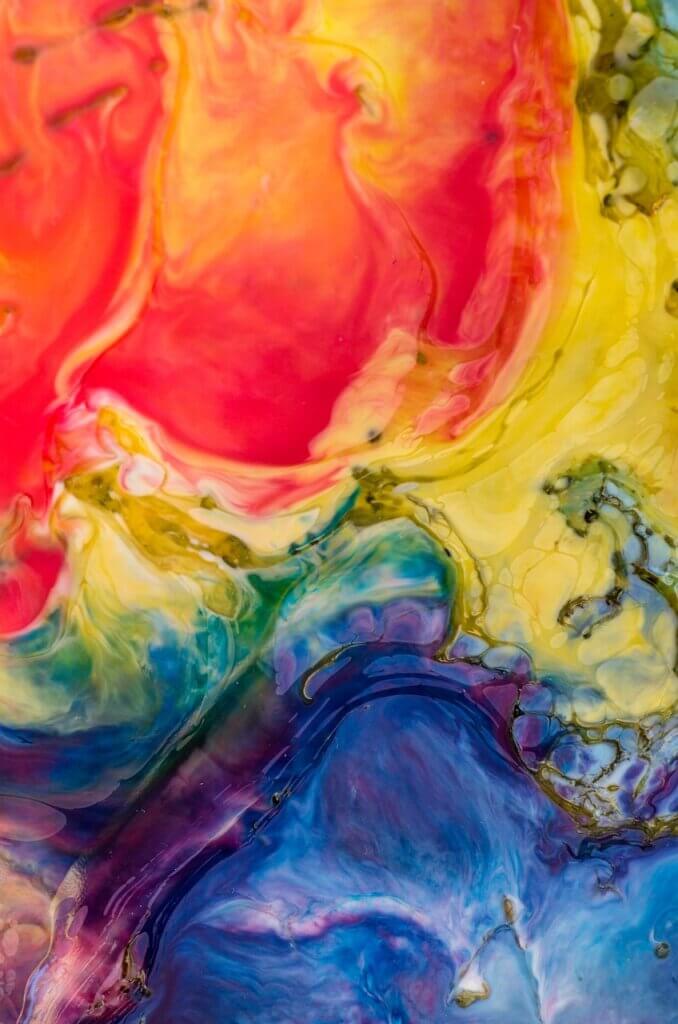
Importance of Self-Expression in Personal Growth and Mental Health
Whether through words, art, music, or movement, expressing yourself is not just a means of communication but a way to process emotions and complex thoughts. It plays a key role in mental health, providing an outlet for stress, anxiety, and depression.
Engaging in art therapy, journaling, music therapy, dance therapy or other creative arts therapies can lead to enhanced self-understanding, emotional healing, and resilience, contributing significantly to your overall well-being.
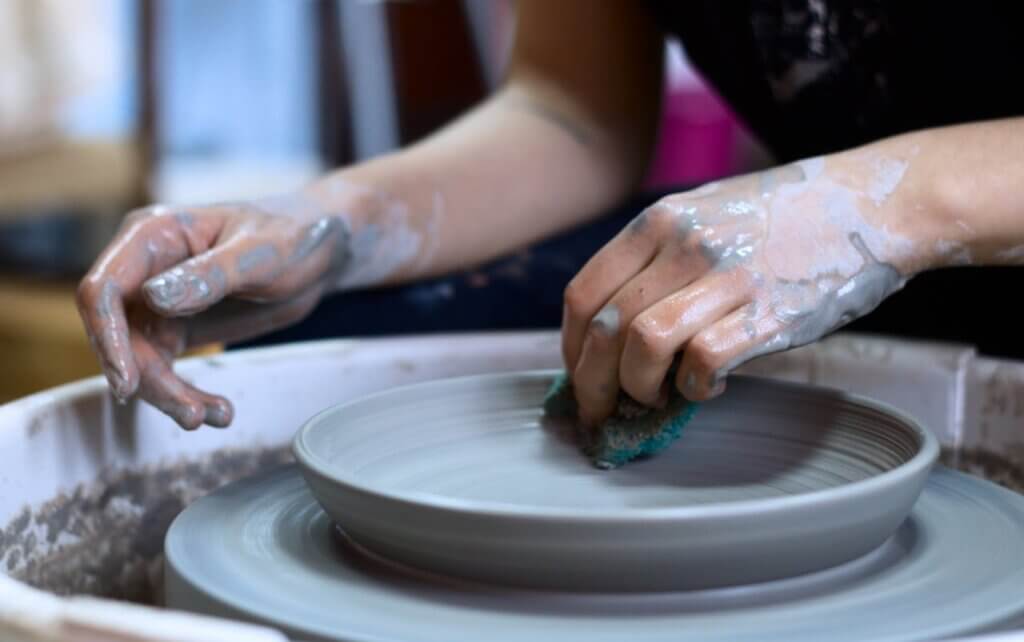
When we talk about self-expression, it’s about letting out what’s inside in a creative and healthy way.
Whether it’s through writing, painting, or movement, expressive arts therapy helps you process your feelings and can make a huge difference to your mental health. It’s like having a safety valve for stress or sadness, which not only helps you understand your emotions but also helps manage them better.
Plus, being open about your thoughts and feelings can seriously boost your self-confidence and help you feel more connected to the people around you. It’s pretty much a game changer for personal growth and feeling good about where you’re at in life.

The Basics of Art Therapy
The most important thing to know is that it isn't about being "good at " drawing or painting; it's about using art as a tool to help you figure things out about yourself and heal through creative expression. It involves various forms of art—like drawing, painting, sculpting, and even digital art—to help express things that might be hard to put into words.
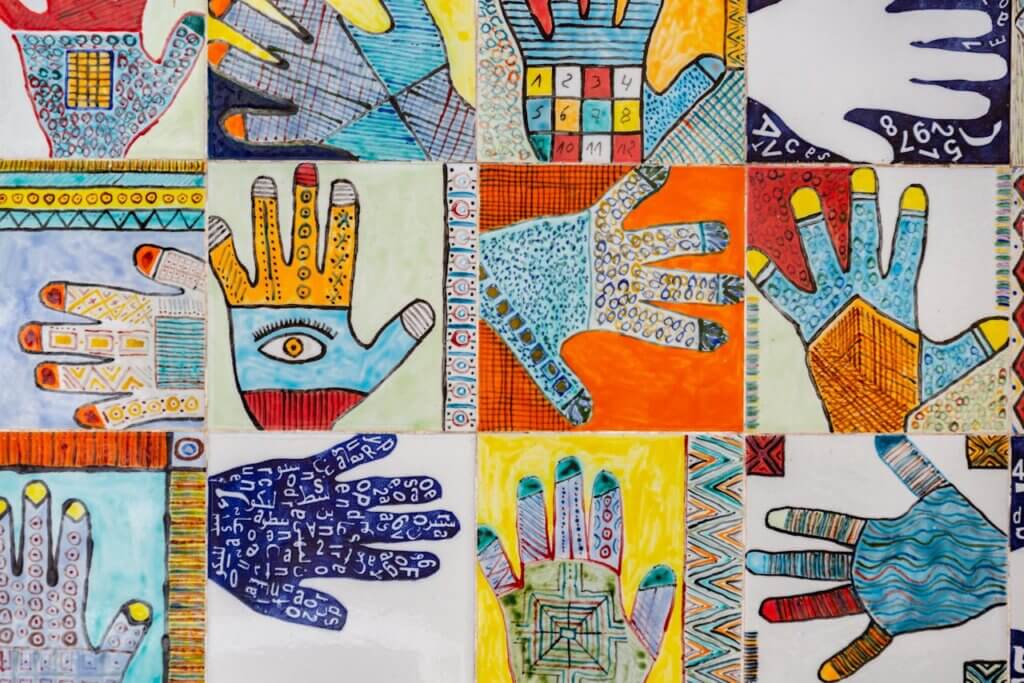
How Art Therapy Works
In art therapy sessions, you’re guided by a trained art therapist who helps you create something that reflects your feelings, thoughts, or experiences.
It's not about creating a masterpiece but about letting the process of making art help you understand and express your emotions.
You might be asked to draw your emotions, use colors to represent feelings, or sculpt an event from your life.
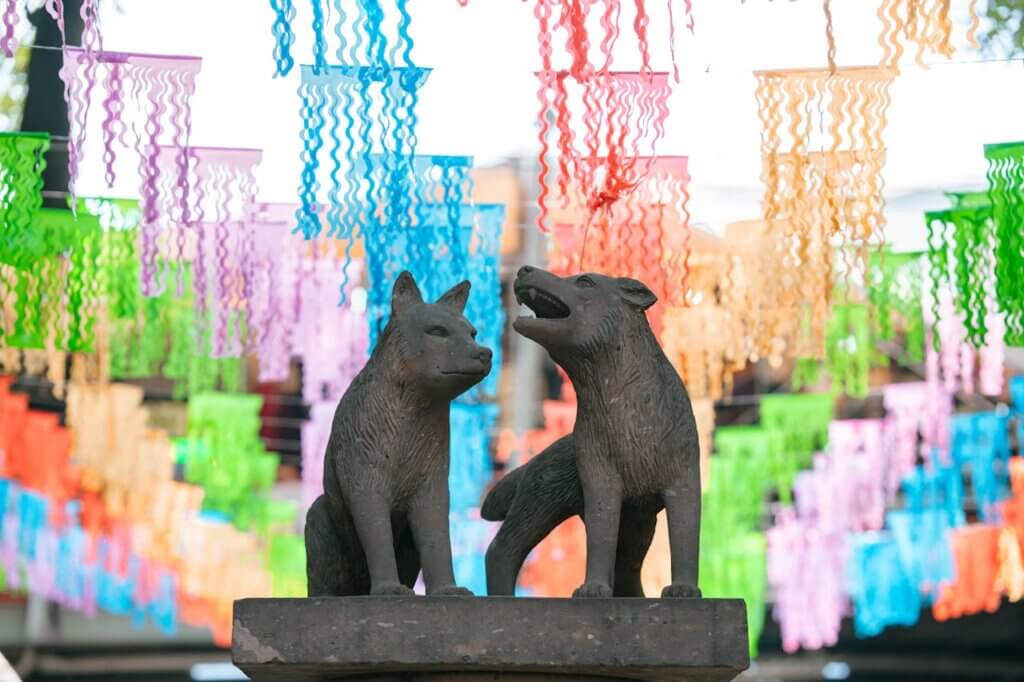
Some of the Types of Art Used in Therapy
Drawing: Put pencil to paper and let your ideas flow.
Painting: Allows for the expression of complex layers of emotion through colors and strokes.
Sculpture: Very hands-on and therapeutic.
Collage: Involves assembling different materials, which can be a powerful way to express feelings, experiences or goals.
Digital Arts: Uses technology to create art, which can be especially appealing to those who feel more comfortable with digital devices.
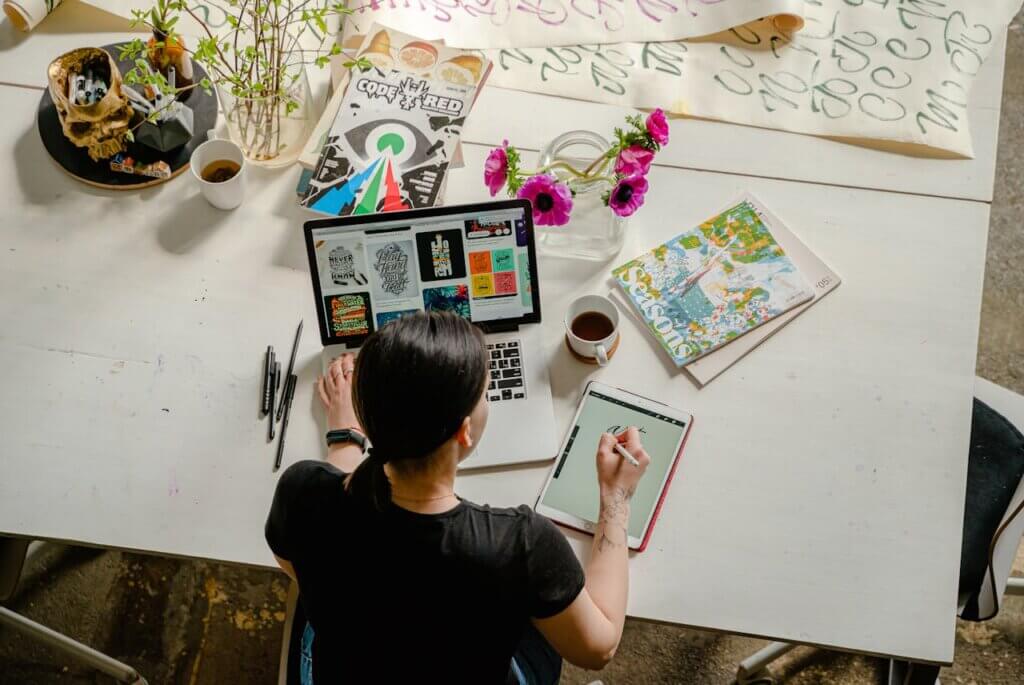
Each of these art forms can unlock different aspects of your psyche and help in processing your emotions differently. Whether you're dealing with stress, trauma, or just looking for a deeper understanding of yourself, the use of art therapy offers a creative and cathartic outlet to explore who you are.
How Art Therapy Facilitates Self-Discovery
Art therapy is not an art class—it's a unique form of therapy that lets you explore and express your inner thoughts and emotions through the creative process. Here’s how art therapy plays a critical role in self-discovery:
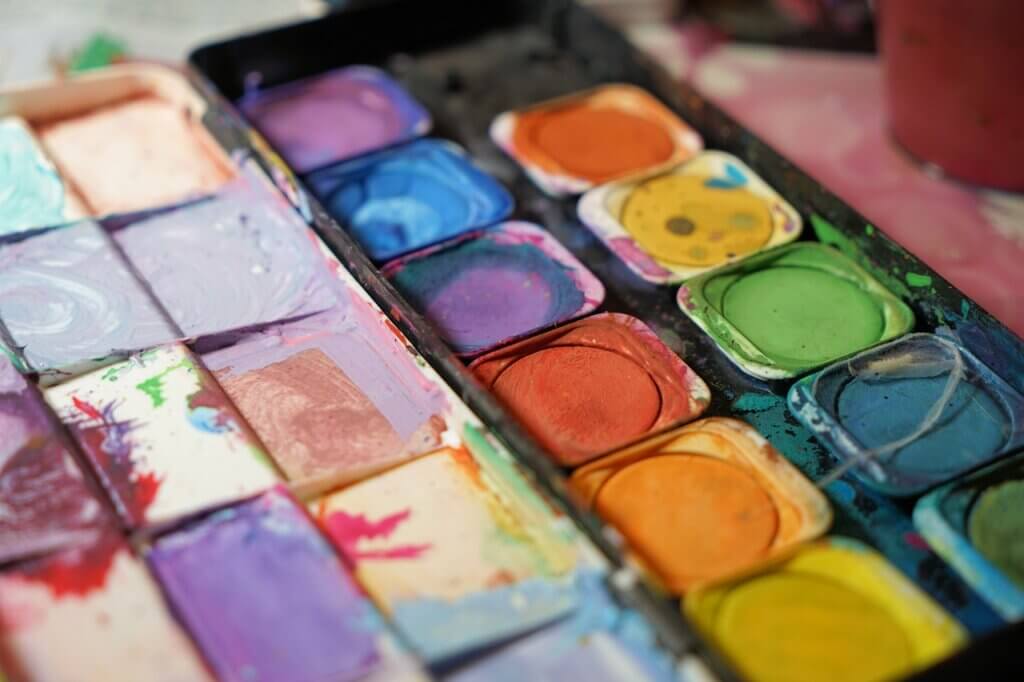
Connecting Emotions with Artistic Expressions
Emotional Reflection: Art therapy allows you to project your inner feelings onto a physical medium. It provides a safe space to make abstract emotions tangible, helping you to understand life experiences and analyze them more deeply.
Symbolic Representation: Often, emotions or memories that are difficult to articulate can be symbolically represented through art. For instance, colors, shapes, and the intensity of strokes can all reveal underlying feelings.
Non-verbal Communication: Art provides a voice to those parts of us that do not easily find words. Through artistic process, you can express complex or hidden emotions in new ways.

The Creative Power of Art in Therapy
Guided Exploration: Art therapists often use specific prompts or themes to guide your artwork, encouraging you to explore particular psychological territories or emotional challenges.
Interpretation and Insight: By discussing your artwork with a therapist, you can gain insights into your subconscious mind and inner world. The therapist helps you decode the symbolism in your art, offering a clearer understanding of your emotional state.
Traumatic Event Processing: Art therapy can provide a means to help process trauma and post-traumatic stress disorder.
Progress Tracking: Over time, changes in your artistic choices can reflect your emotional development or recovery journey, providing a visual representation of your growth.
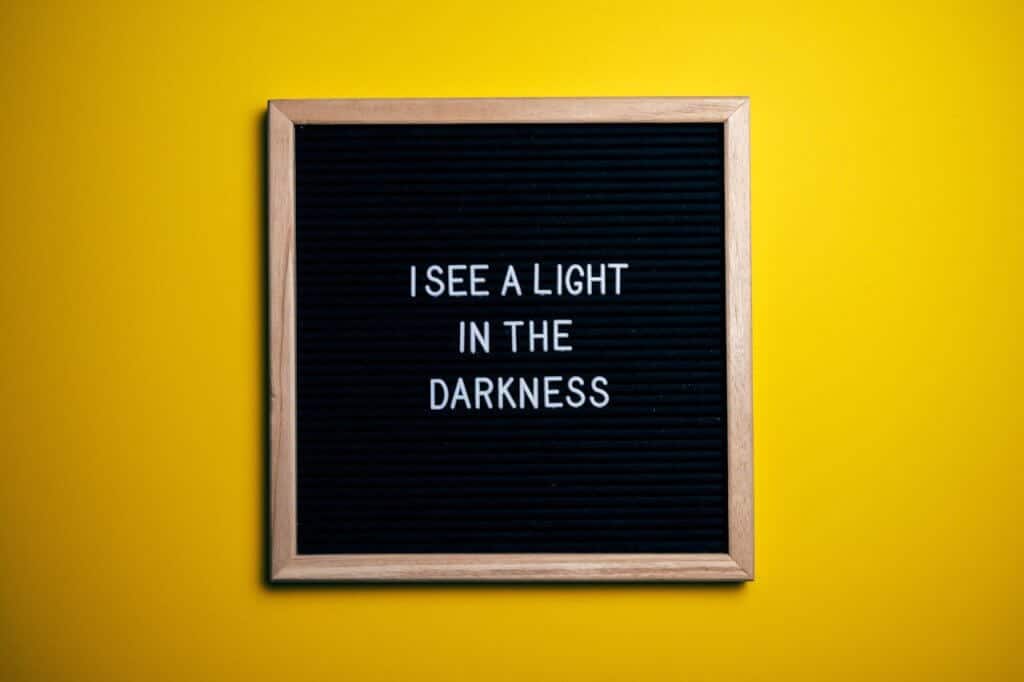
Getting Started with Art Therapy
If you're interested in exploring art based therapy, whether for personal growth, emotional healing, or simply as a creative outlet, here are some steps to get you started:
DIY Art Based Therapy Activities
Start a Project: Begin with simple art projects at home, such as drawing, painting, or working with clay. These activities can help you start expressing yourself and experiencing the benefits of art therapy on your own.
Online Resources: Utilize online tutorials and workshops that guide you through specific art therapy exercises.
Prepare Your Space
Create a Comfortable Environment:
Set up a dedicated space where you can be undisturbed and comfortable while creating art. This space should feel safe and inviting, fostering a sense of tranquility and creativity.
Gather Materials: Collect the art supplies that you need based on the medium you choose to work with. Start with basic supplies like paper, pencils, watercolors, or collage materials, and expand as you explore further.
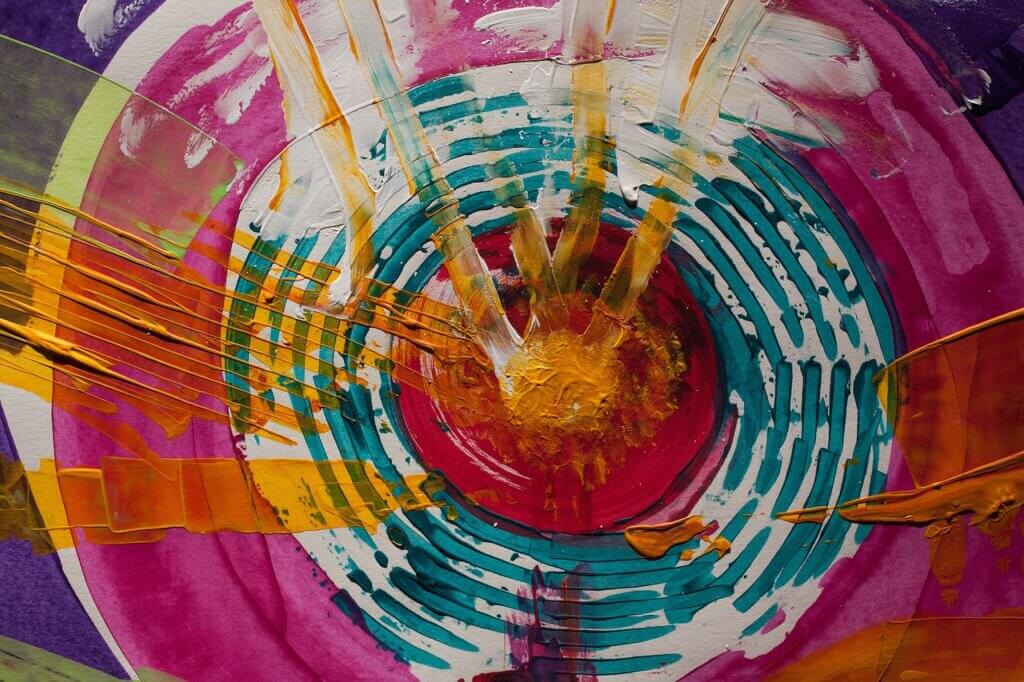
Yes, we offer art therapy 🙂
Individual Sessions: Art therapy can be combined with traditional talk therapy in sessions with a trained art therapist.
Group Therapy Sessions: Art therapy can be an effective part of group therapy sessions in a wide variety of situations.
Workshops: We also hold art-based wellness workshops which combine mental wellness concepts, expressive art and social connection with self-discovery.
Contact me to find out when the next workshop is scheduled. We hold these at various times throughout the year.
